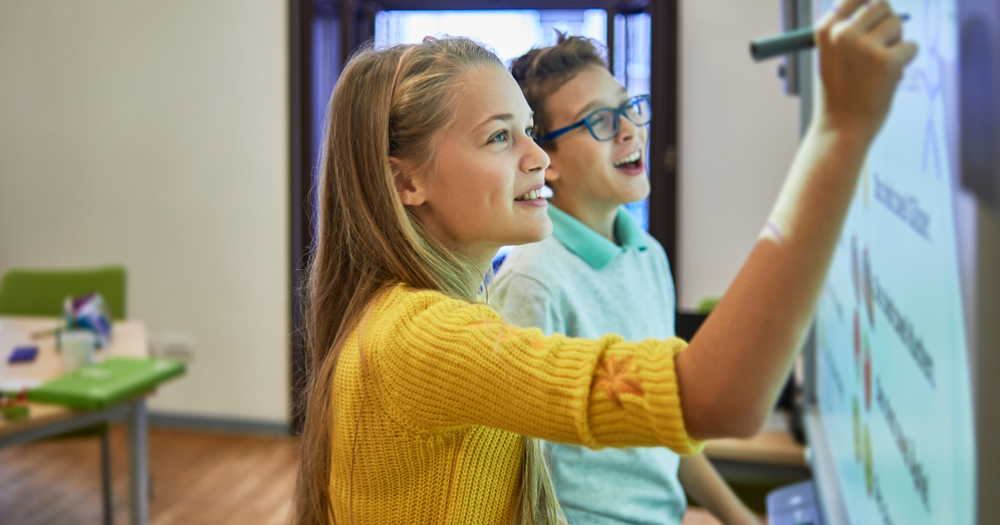Introduction
Creating psychological safety in the classroom is essential for fostering an environment where students feel safe to take interpersonal risks. This article outlines 7 effective strategies that educators can implement to build a supportive classroom culture. These strategies not only enhance student engagement but also promote a sense of belonging and trust among students. By prioritizing psychological safety, educators can empower students to express their thoughts, ask questions, and participate actively in their learning journey.
Key Features:
- Encouraging Open Communication: Create channels for students to voice their thoughts and concerns without fear of judgment.
- Building Trust: Establish strong relationships with students to foster a sense of security.
- Promoting Inclusivity: Ensure that all students feel valued and included in classroom discussions.
- Modeling Vulnerability: Demonstrate that it’s okay to make mistakes and learn from them.
- Providing Constructive Feedback: Offer feedback that focuses on growth and improvement rather than criticism.
- Encouraging Collaboration: Foster teamwork and collaboration among students to build a supportive community.
- Celebrating Diversity: Recognize and celebrate the diverse backgrounds and perspectives of all students.
Use Cases:
- Educators looking to enhance classroom dynamics.
- School administrators aiming to implement school-wide initiatives for student well-being.
- Counselors seeking strategies to support students' emotional health.

